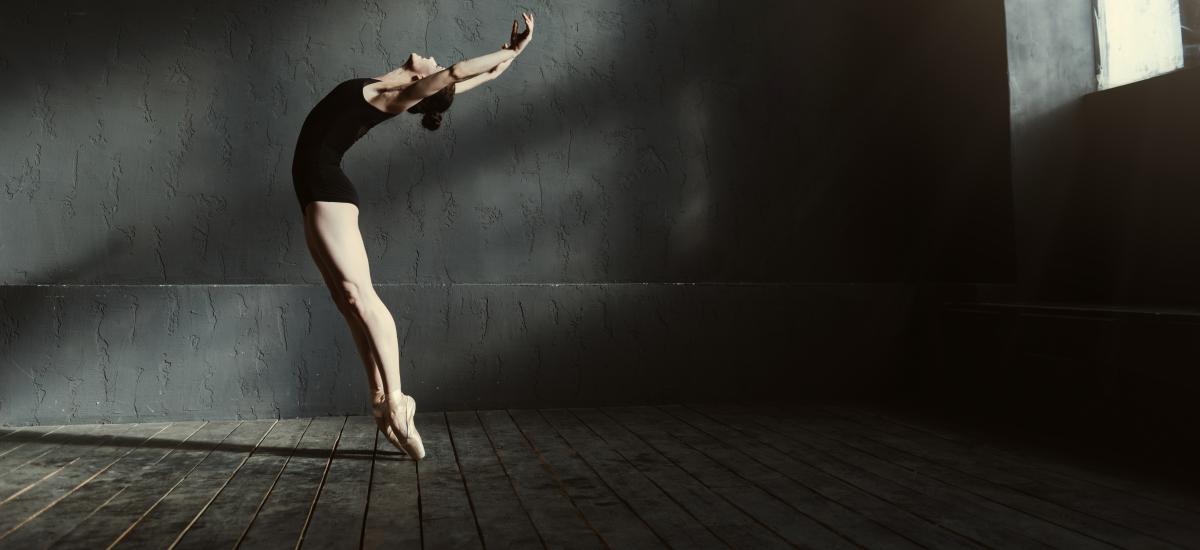– An article by UCO Associate Osteopath, Mari Kortemaa –
Ballet and pole dancing are two very different types of dancing, but they share the same key traits: strength, flexibility and technique. Without strength, you would not be able to lift yourself up the pole or do high jumps. Without flexibility you would not be able to do different activities such as the splits and without proper technique, you could cause harm to your body.
Ballet training in particular has slightly more versatile elements. Most classes will begin by doing barre work where you get help balancing yourself and build the strength required for the ankles and feet, but it can also be used for gaining flexibility. At some point in class you will also be required to do floor work without barre where instead, the gravity and movement provide the resistance to further improve the techniques. In pole dancing, it all happens on the pole.
All the techniques work not just the large muscles in your body but also the small and intrinsic ones. This goes for both ballet and pole dancing, and the key areas of your workout will be the core muscles. These help you gain the support you need to further improve your techniques. The largest difference between the two is the arm work. In ballet (for women mainly) the arms only play a “descriptive” role as they do not do any heavy lifting, especially in classical ballet, whereas in pole dancing they are required to hold your entire weight on the pole.
Both dances can improve your body tone drastically, but they can also improve your balance and posture. They are both effective cardio workouts, especially ballet as you are required to do a fair amount of jumping (and running if you choose to perform).
These forms of dance also require stamina, discipline and patience, which means they may also help with general psychological wellbeing too.
I have often recommended both men and women to try them out if they are looking into getting into good shape, but also bearing in mind that the key to any efficient practice is to find a balance so you will not over or under work yourself.
Did you know?
Osteopaths look at the relationship between muscle, limb and spine function, the potential underlying cause of symptoms and lifestyle. By appreciating how these factors may interact, they can make adjustments and recommendations to help prevent injury and help patients achieve goals safely.

